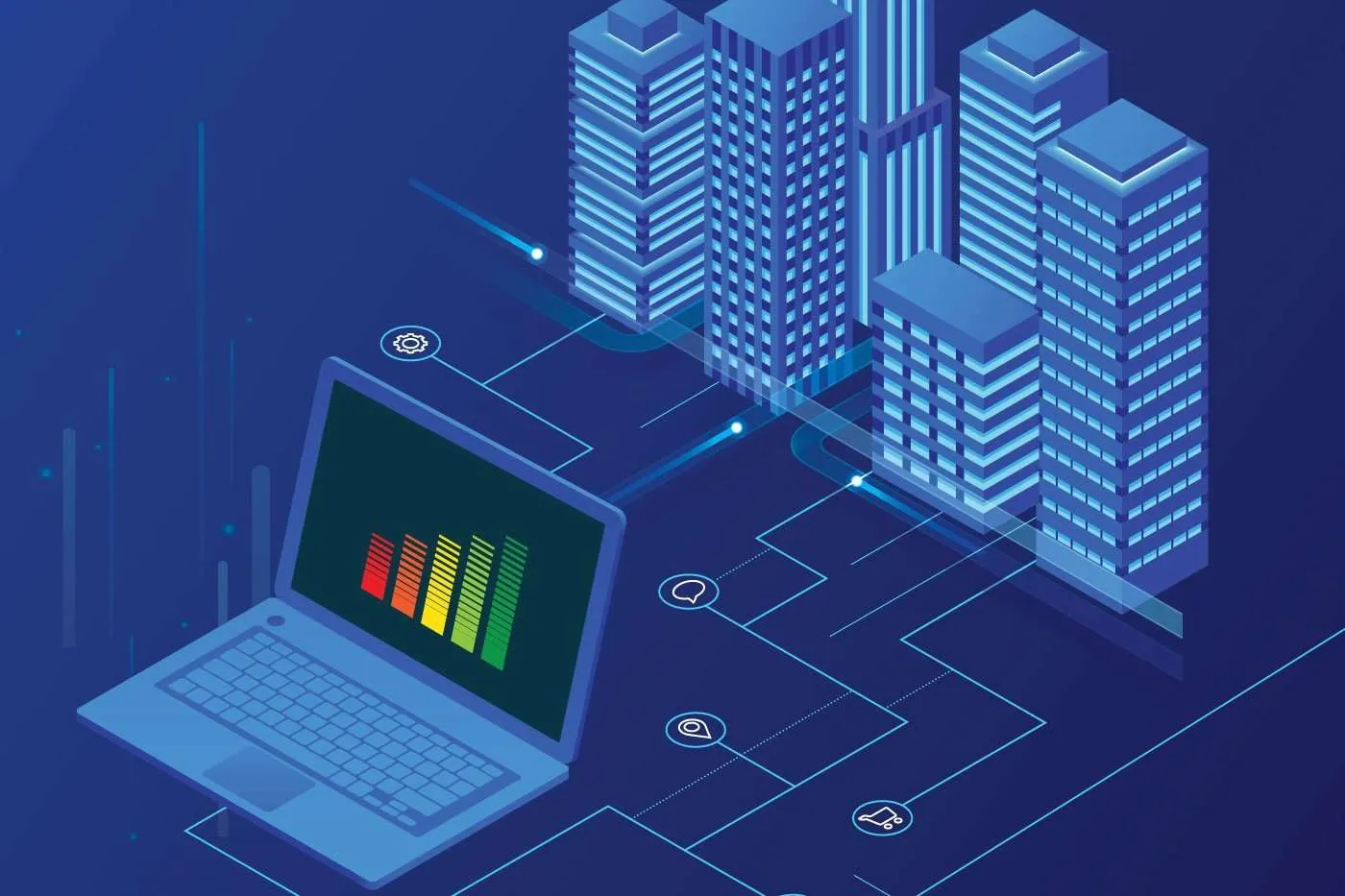
Introduction
Smart building technology has emerged as a catalyst for innovation, reshaping the way buildings are designed, constructed, and operated. In the modern world, where sustainability, energy efficiency, and occupant comfort are paramount, the adoption of smart building technology has become increasingly important. This article aims to explore the historical background, key concepts, and main discussion points related to smart building technology as a driver of innovation.
Historical Background
The evolution of building technology has been marked by significant milestones and breakthroughs. From the introduction of basic automation systems to the integration of advanced sensor networks, the journey towards smart building technology has been transformative. These historical advancements have paved the way for the current state of smart building technology, where connectivity and data analytics play a crucial role.
Key Concepts and Definitions
To fully understand smart building technology as a catalyst for innovation, it is essential to grasp key concepts and definitions. Smart building technology refers to the integration of various systems and technologies, such as the Internet of Things (IoT), automation, and data analytics, to optimize building performance. The catalyst for innovation, in the context of smart buildings, refers to the driving force that propels advancements and fosters new ideas.
Integration of Smart Building Technology and Innovation
One of the main discussion points regarding smart building technology is its role as a catalyst for innovation. By leveraging connectivity and data sharing, smart building technology enables innovative features such as energy efficiency, occupant comfort, and advanced security systems. The ability to gather real-time data and make informed decisions drives continuous improvement and fosters a culture of innovation.
Impact on Industries and Sectors
Smart building technology is transforming various industries, including healthcare, retail, and hospitality. The adoption of smart building technology in these sectors has resulted in improved efficiency, enhanced customer experience, and optimized operations. However, these industries also face challenges in terms of implementation and integration. Through case studies, we can learn from successful examples and identify potential benefits and hurdles.
Collaboration and Interconnectivity
Collaboration between stakeholders, such as architects, engineers, and developers, plays a vital role in driving innovation in smart building technology. By working together, different experts can bring their unique perspectives and knowledge to create cutting-edge solutions. Interconnectivity between smart buildings and other smart systems, such as smart cities and smart grids, further enhances the potential for innovation and sustainability.
Case Studies or Examples
Examining specific case studies provides valuable insights into the practical application of smart building technology. In a commercial office space, the implementation of smart building technology has led to energy savings, improved productivity, and enhanced occupant comfort. Similarly, in healthcare facilities, smart building technology has positively impacted patient care, energy efficiency, and overall operations. By analyzing these examples, we can extract valuable lessons and best practices.
Current Trends or Developments
Keeping up with current trends and developments in smart building technology is crucial for staying ahead of the curve. Recent advancements in sensor technology, artificial intelligence, and machine learning have expanded the possibilities for innovation in smart buildings. Research findings also shed light on the integration of smart building technology and its potential to drive further advancements.
Challenges or Controversies
Despite its numerous benefits, the adoption of smart building technology faces challenges and controversies. Barriers to adoption include cost, lack of standardization, and resistance to change. Additionally, concerns about privacy and data security in smart building systems have sparked debates. Ethical concerns related to automation and artificial intelligence also need to be addressed to ensure responsible and sustainable implementation.
Future Outlook
Looking into the future, smart building technology holds immense potential for further advancements and breakthroughs. As regulations and policies continue to shape the industry, it is expected that smart building technology will become more commonplace. This will drive innovation and enable buildings to become more sustainable, efficient, and comfortable for occupants.
Conclusion
In conclusion, smart building technology acts as a catalyst for innovation, transforming the way buildings are designed, operated, and experienced. By integrating various systems and technologies, smart building technology enhances energy efficiency, occupant comfort, and security. It impacts multiple industries and sectors, fostering collaboration and interconnectivity. However, challenges and controversies must be addressed to ensure responsible implementation. The future of smart building technology holds promising possibilities, with regulations and policies playing a crucial role in shaping its direction.